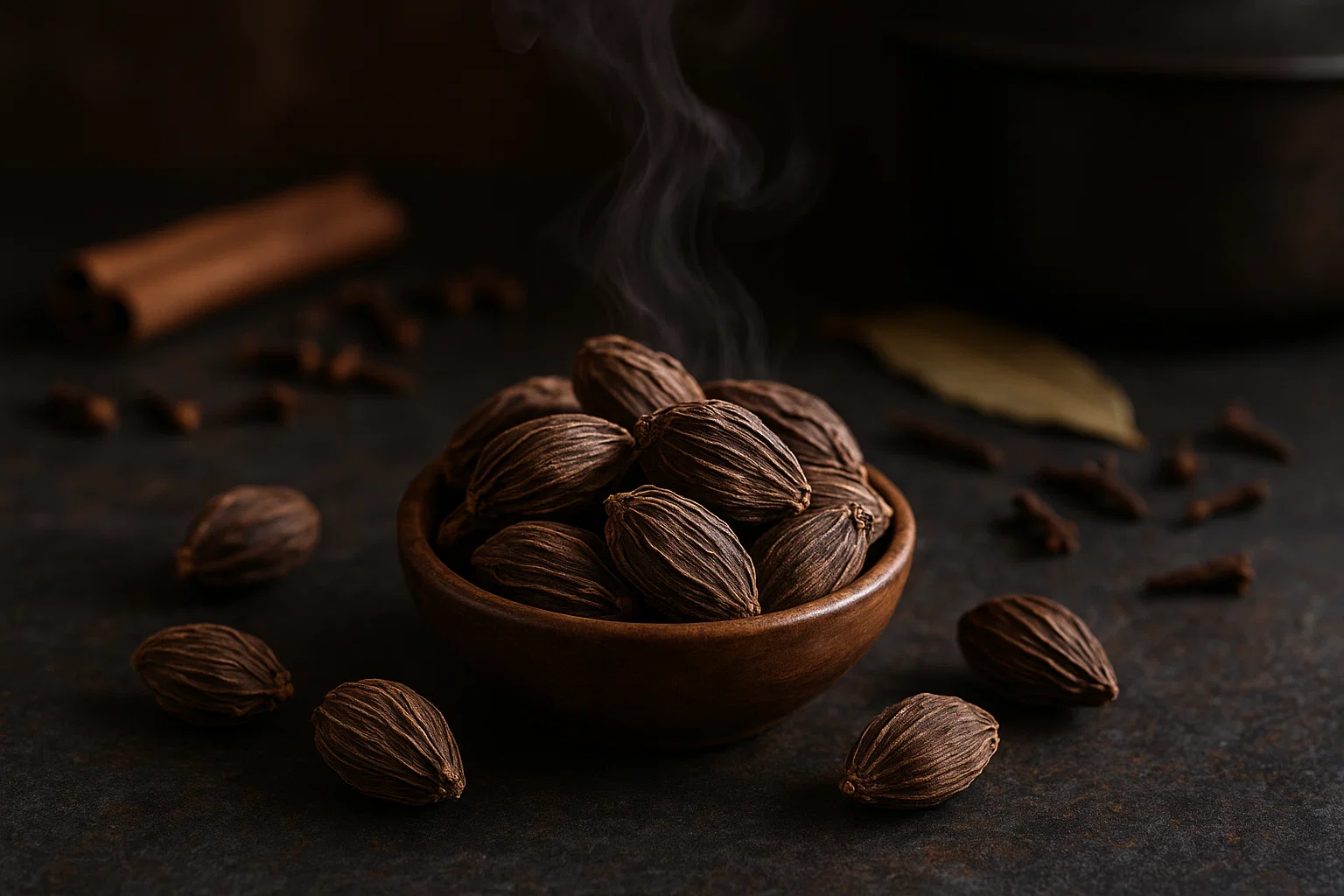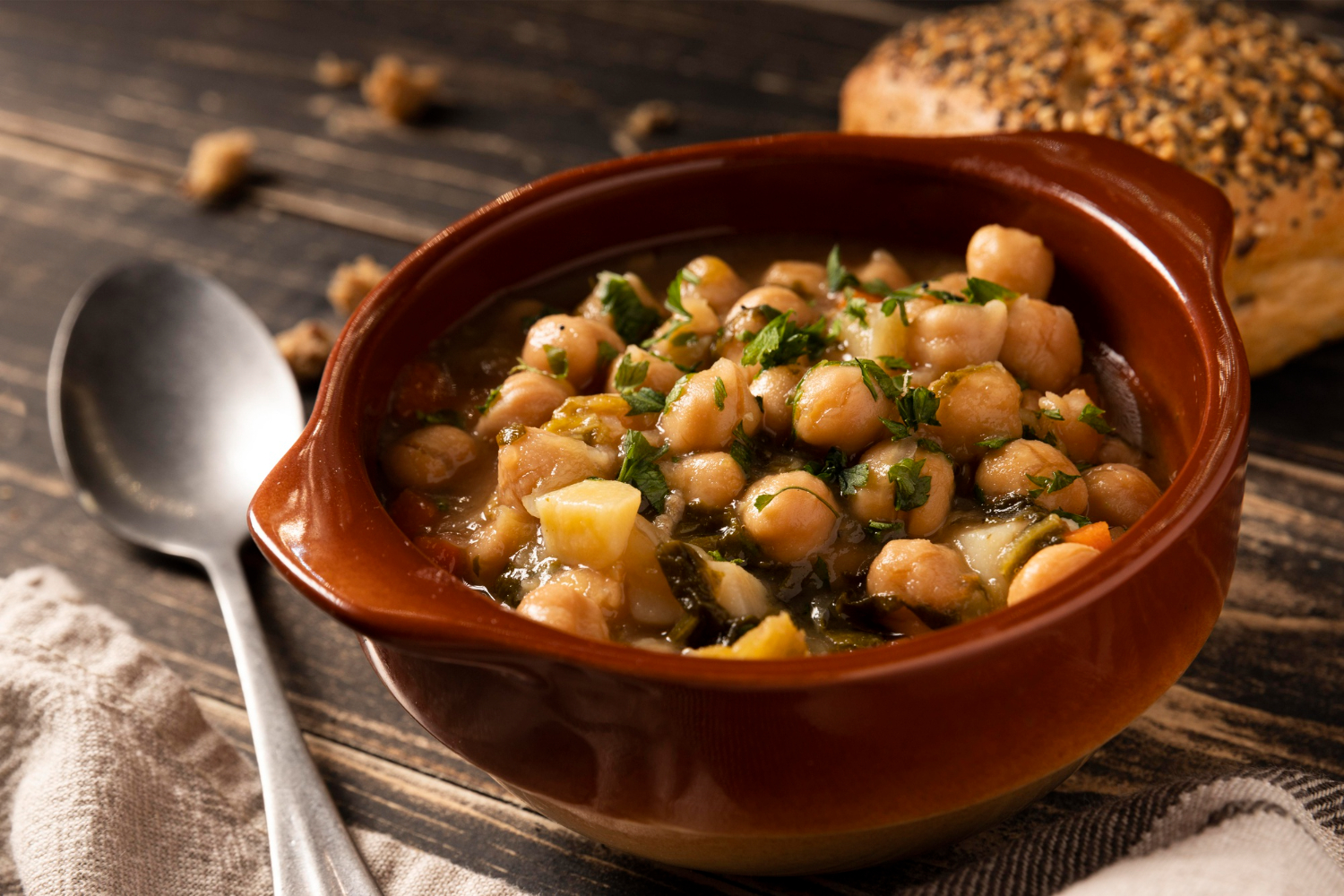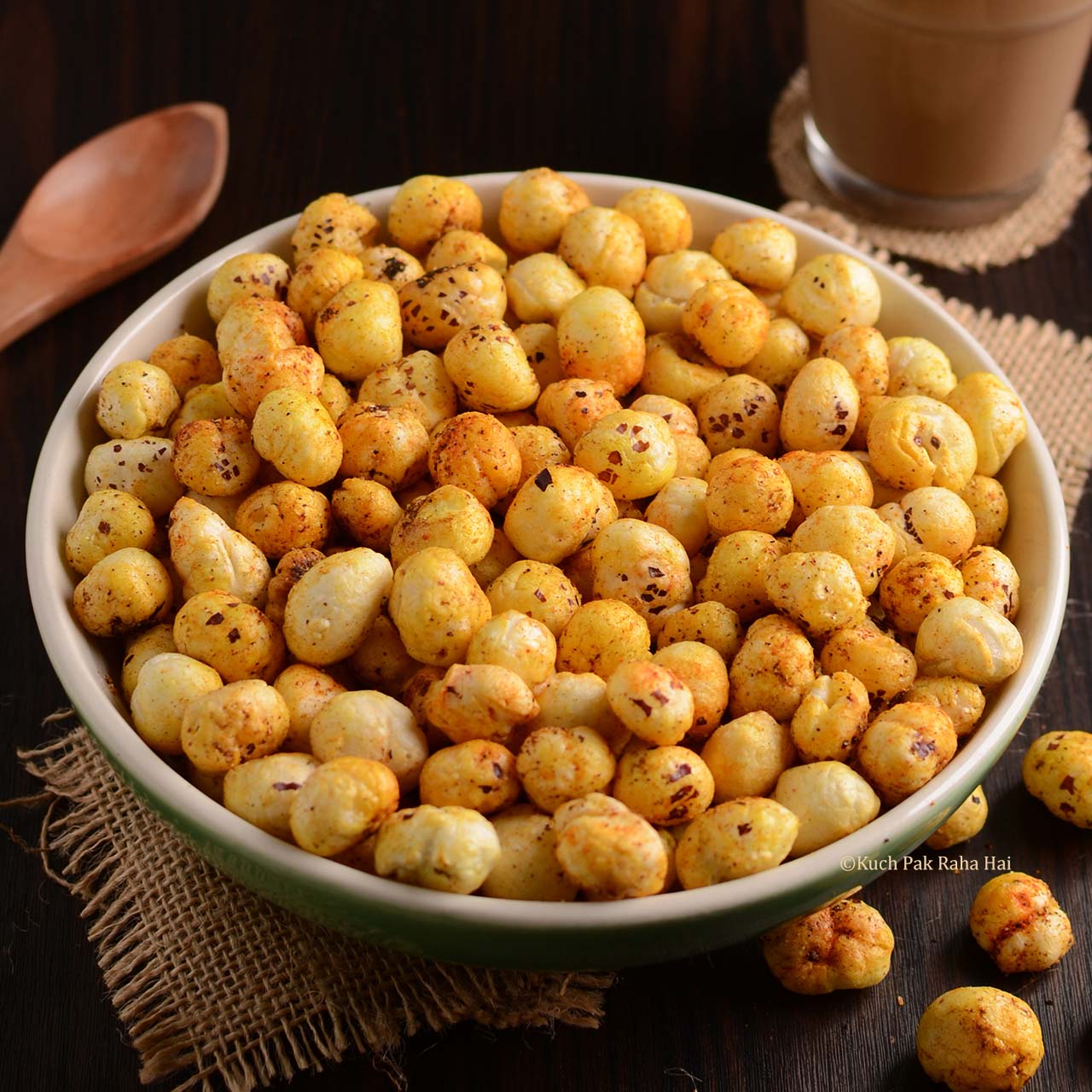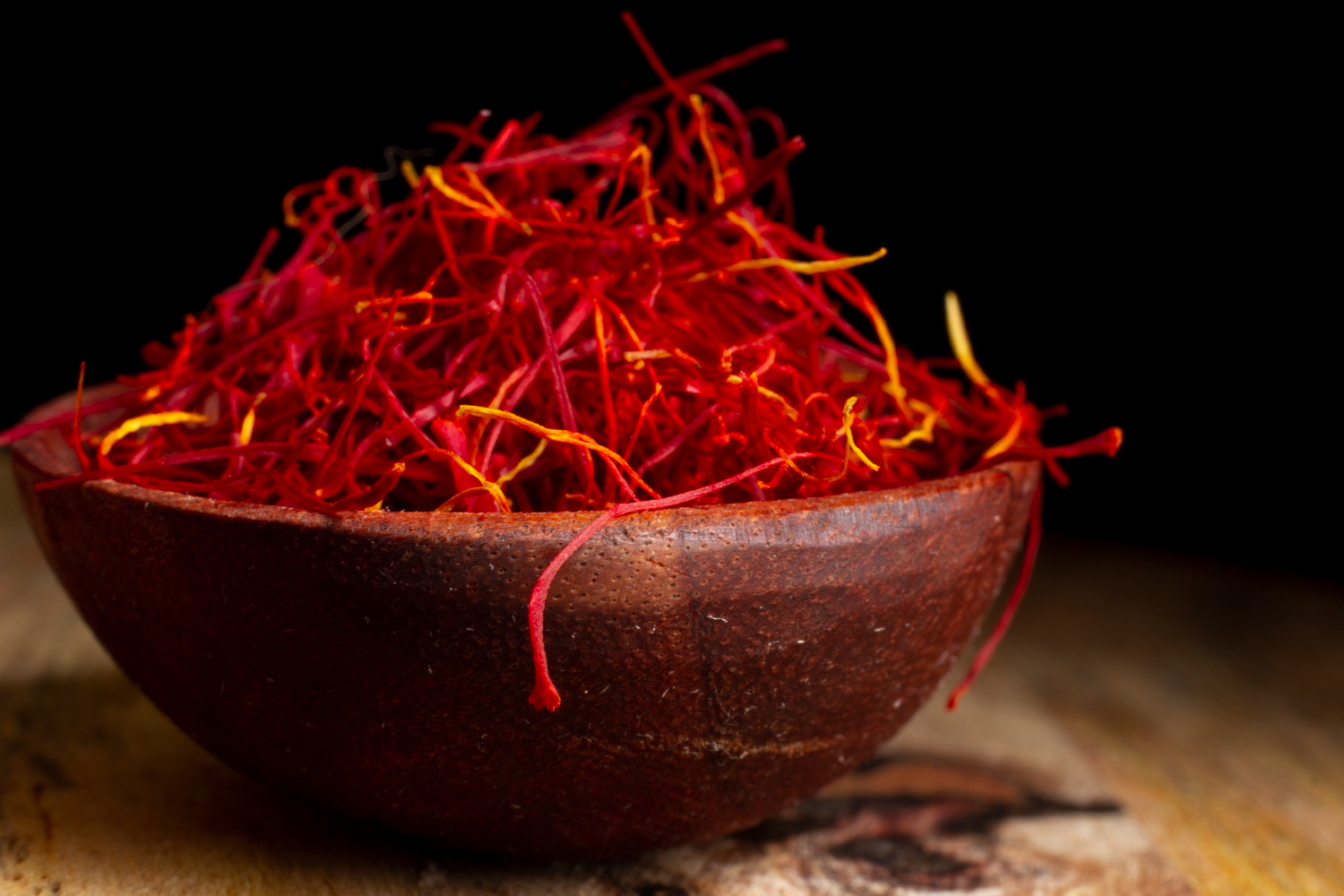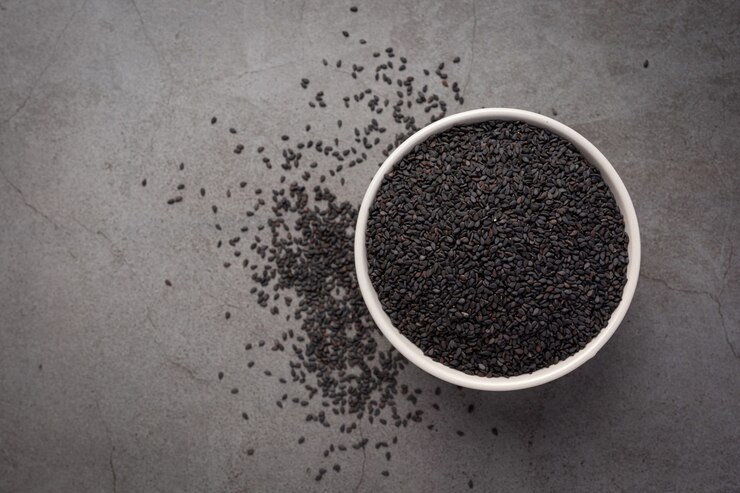Dum Biryani vs. Pulao – What’s the Real Difference?
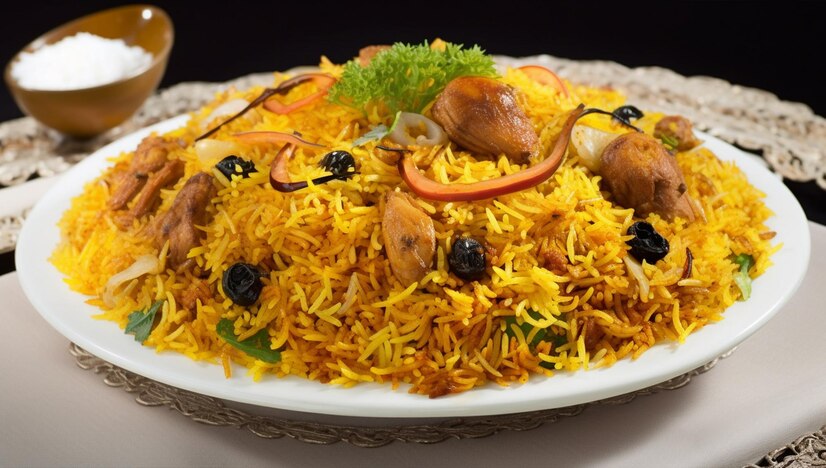
Strong 8k brings an ultra-HD IPTV experience to your living room and your pocket.
Let’s settle an age-old kitchen debate that has divided dinner tables and foodie WhatsApp groups: Dum Biryani or Pulao—what’s the real difference?
I’ve had this conversation more times than I can count, especially during potlucks or family get-togethers. Someone always says, “But isn’t pulao just an easier biryani?” and that’s when my inner food nerd lights up. Because once you know what really sets them apart, you’ll never confuse the two again.
And no, it’s not just about “layering” or “slow cooking”—there’s a whole philosophy behind each.
First, a Little Story from My Kitchen
When I was 16, I tried to impress my extended family by making biryani. I followed my aunt’s recipe, did all the prep, but somewhere along the way (read: I got impatient), I mixed everything up in one pot and cooked it quickly. It tasted good, but my grandmother, sharp as ever, said, “Yeh pulao hai, beta. Biryani nahi.”
Oof.
That moment stuck with me. Since then, I’ve made both dishes countless times, tweaking spices, experimenting with meats, and trying regional versions. What I’ve learned is that Biryani and Pulao are like cousins—related, yet entirely different in personality, process, and even the energy they bring to a meal.
So, What Makes Dum Biryani… Biryani?
1. The Art of Layering
Dum Biryani is all about layers. You partially cook the rice and marinated meat separately. Then, you layer them in a heavy-bottomed vessel—often with caramelized onions, saffron milk, mint, ghee, and fried cashews—and seal the lid to trap steam. This slow-cooking process is called dum, and it’s where the magic happens.
Layering means flavors infuse over time, and the rice absorbs everything from the juicy meat to the ghee and spices. The result? An aromatic, rich, indulgent dish that feels festive even if it’s Tuesday.
Pro Tip: When layering, sprinkle a bit of Chukde Biryani Masala on each layer. Its balanced blend of whole spices adds incredible depth—especially when combined with saffron and fried onions.
2. Separate Cooking, Then Together
Unlike pulao, the meat and rice in biryani are cooked separately. The meat is marinated (sometimes overnight) and either partially cooked or raw before layering. This helps retain tenderness and also ensures every bite has character.
3. The Dum Cooking Technique
Dum cooking isn’t just about sealing the pot with dough (though that is a nice touch). It’s about letting steam do the work—low heat, slow cook, no peeking. The flavors marry beautifully over time.
Personal Trick: If you don’t want to use dough to seal your pot, cover it tightly with foil, then place a heavy lid on top. Works like a charm.
And What About Pulao?
Pulao is your go-to when you want something flavorful but quicker and lighter. It’s one-pot, no-fuss, and still deeply satisfying.
1. Everything Cooks Together
In a pulao, the rice, veggies or meat, and spices are all cooked together in one pot. It’s like a flavorful family meeting where everyone gets along without the drama of separation or layering.
Real-life Hack: Always sauté the rice in a bit of ghee before adding water. It helps prevent sogginess and adds a beautiful nutty aroma.
2. Subtle, Not Shy
Pulao is milder. It doesn’t hit you with spice overload or heavy richness. Instead, it’s fragrant, with the flavor of each ingredient shining through without being smothered in masala.
Think of it like a weekday lunch companion—gentle, dependable, satisfying without putting you in a food coma.
3. Faster but Not Inferior
Don’t think of pulao as “the poor man’s biryani.” It’s simply a different approach. Sometimes, I crave that subtle cinnamon-cardamom aroma of a good veg pulao more than the heady intensity of biryani.
The Emotional Difference
Here’s the thing: Biryani is a celebration. You make it for special occasions, pour your heart (and half your spice shelf) into it. It’s the dish that gathers people. Weddings, Sunday feasts, Eid, Diwali—it’s the crown jewel.
Pulao, though? That’s comfort food. It’s what my mom would pack in my school tiffin with boondi raita. It’s the dish I make when I want something warm and homely but don’t have hours to spare.
Why I Swear by Chukde Biryani Masala?
I’ve experimented with dozens of masalas over the years. Some too bland, some overpowering. But Chukde’s Biryani Masala hits the sweet spot—aromatic, perfectly balanced, and made with ethically sourced whole spices.
You can smell the freshness even before you open the packet. I use it in both biryani and even to elevate a simple pulao when I want it to feel fancy. It’s my not-so-secret ingredient.
Try this: Add a pinch of Chukde Biryani Masala to your raita. Yes, really. The earthy warmth adds a lovely twist.
FAQs
Q. Can I use pulao rice for biryani?
Yes, but be mindful. Biryani typically uses long-grain basmati for that fluffy, non-sticky texture. If you use short-grain or starchy rice, the layers might clump.
Q. Is veg biryani really biryani?
Ah, the controversial one. Technically, yes—if it follows the layering and dum method. But flavor-wise, it’ll always be different from a meat biryani. Still delicious though!
Q. What’s the best shortcut for biryani on a busy day?
Par-cook the rice and marinate meat the night before. On the day, just assemble and dum it while you finish other chores. Trust me, the aroma will guide you back to the kitchen before it’s done.
Q. Can I use Chukde Biryani Masala in pulao?
Absolutely! Use it sparingly to elevate the flavor. For example, in a paneer pulao, it adds beautiful warmth without overwhelming the dish.
Final Thoughts
Biryani and pulao aren’t rivals—they’re part of the same beautiful story of Indian culinary genius. Each has its time, place, and personality. And once you stop comparing and start appreciating them for what they are, you’ll find joy in both.
So the next time someone says, “It’s just rice with spices,” hand them a plate of your best biryani or pulao. Let the flavors do the talking.
And don’t forget that secret sprinkle of Chukde Biryani Masala. It makes all the difference.
Note: IndiBlogHub features both user-submitted and editorial content. We do not verify third-party contributions. Read our Disclaimer and Privacy Policyfor details.



